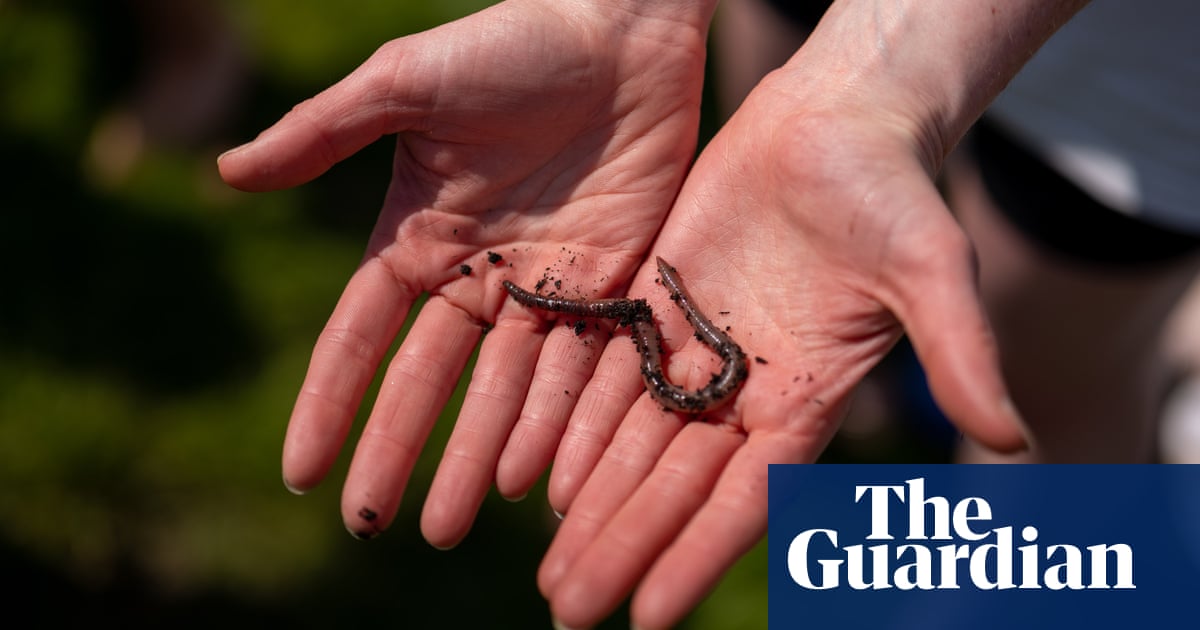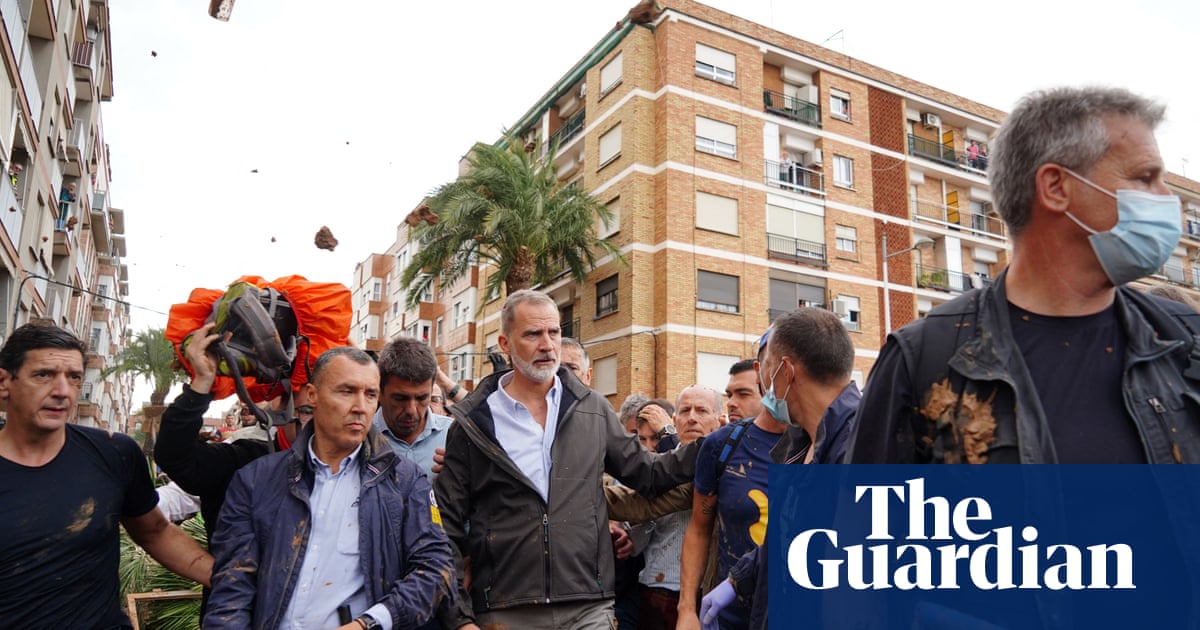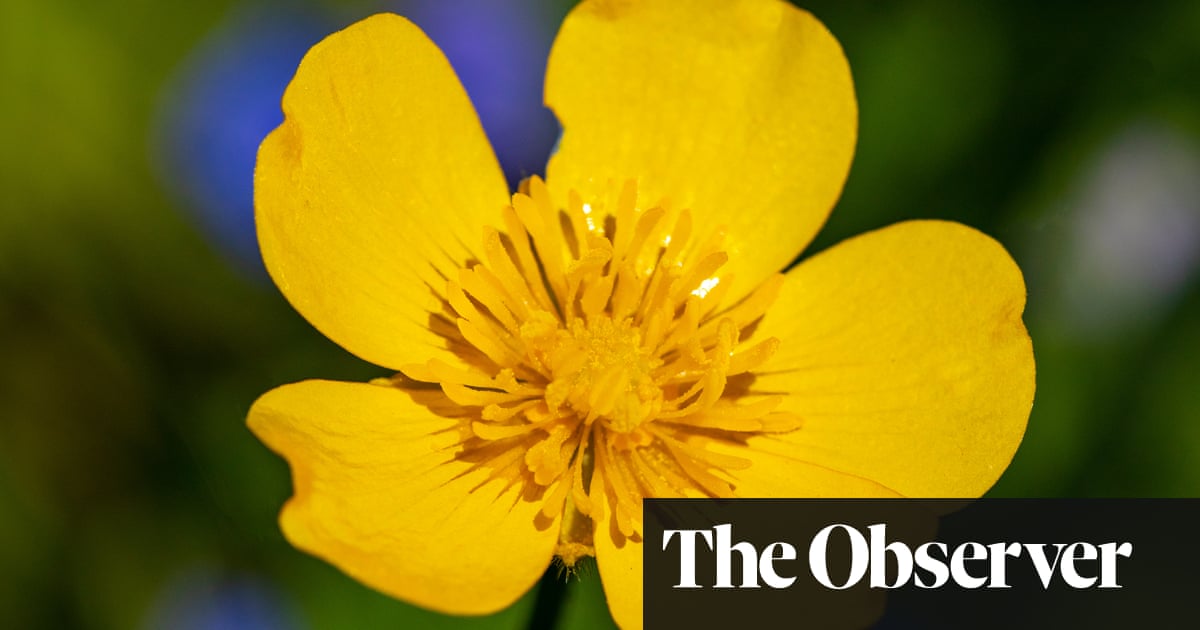Every year from February through to June, the early morning chorus of birdsong is one of the most evocative manifestations of spring. During late winter I open the bedroom window before going to sleep, to hear that incredible mix of flutes, whistles and chirps that begin before first light, when I wake. I listen for the layers of song that simultaneously come from close by and far away.
This year though, the dawn chorus that once was the soundtrack for spring in central Cambridge has collapsed. It was noticeably quieter in 2023, and this year strikingly so. Blackbirds are depleted and song thrushes no longer heard at all. The dunnocks â once one of the most common garden songsters â have disappeared, as have the chaffinches, whose early February song was among the first audible confirmations of lengthening days. The cheery chatter of house sparrows is absent and the once familiar sound of coal tits has fallen silent. Long-tailed tits are now rare, and so far this year Iâve heard no blackcaps. Great and blue tits, robins and goldfinches, are still present, but down in number.
Ours is a normal suburban street, with Edwardian houses and a few interwar semis. We are lucky enough to have gardens with some mature trees, shrubs, patches of grass and plenty of places to nest, and all that looks pretty much the same as it has for years. Now, though, it is a neighbourhood that has fallen eerily quiet. The question of why is something Iâve pondered quite a bit during this unusually silent spring.
There are cats and magpies, but theyâve always been about. The odd sparrowhawk makes an appearance, but no more than usual. Disease, including avian influenza, has been a problem for various species nationally â but there is little evidence that it has so far been especially damaging to songbird populations. Nesting sites seem to be about the same and I canât imagine why there might have been a sudden increase in pesticide use.
There is one factor though, which I think alongside many others, might have recently made a difference: the climate crisis. The brutal drought and heatwave that hit England in 2022 turned soils to concrete. Trees shed their leaves in summer while wetlands and ponds evaporated to rock hard pans of dried mud. That weather hit invertebrate populations hard. On top of the heat, disruption to seasonal patterns have in turn affected the timing of insect food being available for chicks. There seem to be very few insects around compared with previous springs.
Everywhere is different, with extreme weather and its consequences for wildlife varying from place to place, making it hard to pin down the blend of factors affecting populations. Friends and colleagues across the country report a mixed picture, with some hearing a dawn chorus like previous years. But in our eastern urban locality the change is dramatic.
So what might be done? Keeping trees and shrubs and adding more of the right kind would be useful, creating shade, food sources and nesting sites. More wildlife ponds to provide food and water. Lawns with uncut margins and more wild corners providing food and nest sites. Saying farewell to garden pesticides. Cats with bells on and ensuring feeders are cleaned to prevent infection will all help hard-pressed birds cope with bigger change.
When the climate crisis has been discussed, much of the emphasis has been on faraway places â Bangladesh, the Maldives, the Arctic â but now it is also local, personal and quite unsettling.
One way to cope would be to keep the window shut. A better one is to help the birds recover, by taking action in our gardens and parks, and redoubling efforts in boardrooms and among governments to drive forward with net zero ambitions. The frontline is both global and local if we want to enable wildlife to survive extremes.
Tony Juniper CBE is an environmentalist and Chair of Natural England



